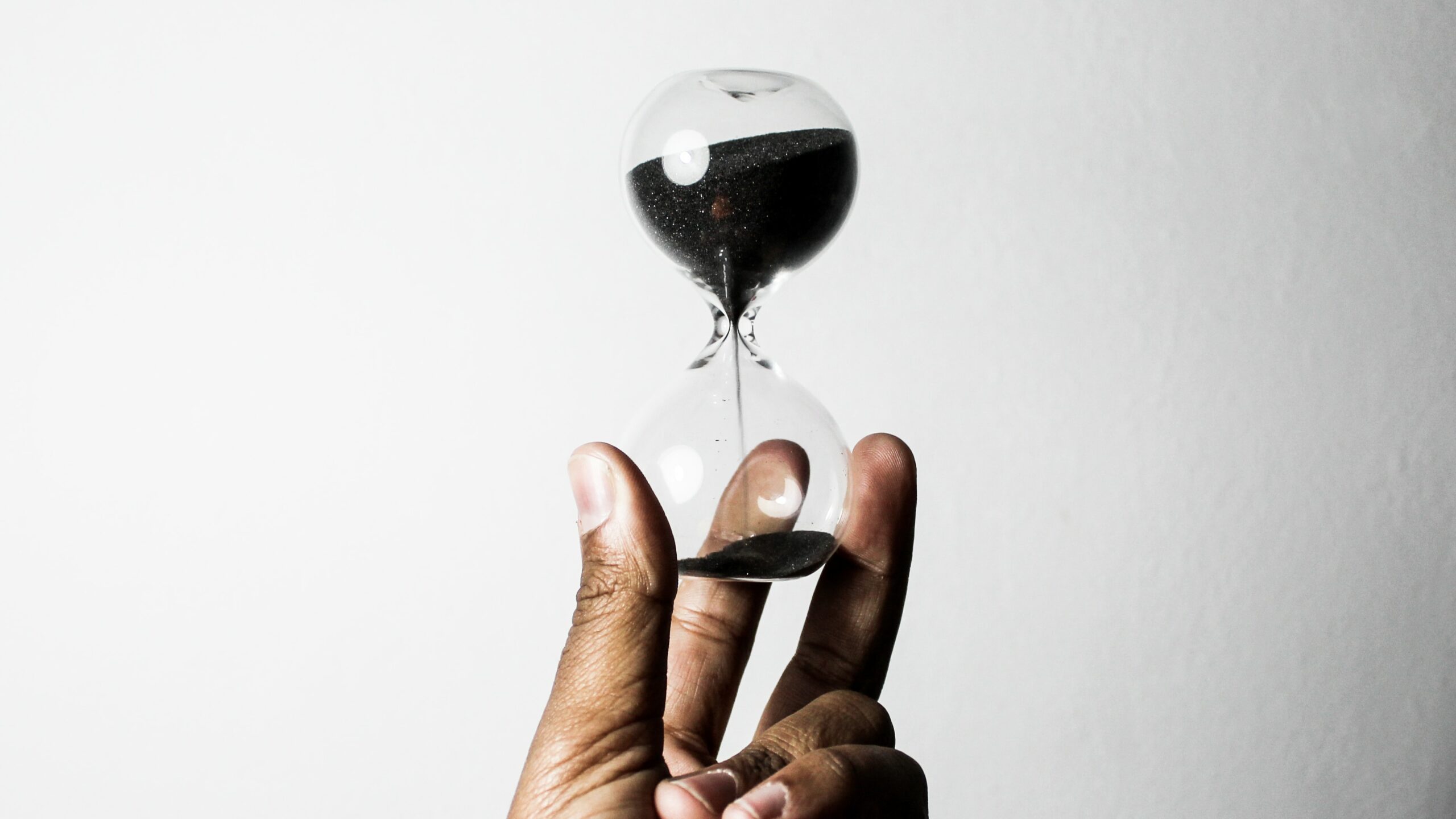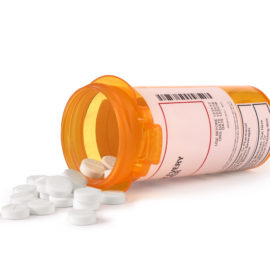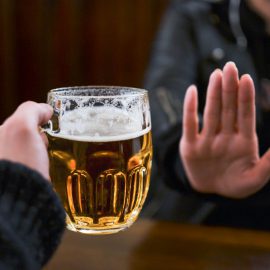Speedballing is a risky behavior that involves using a stimulant drug like cocaine or meth alongside a depressant drug like heroin or prescription opioids. The speedball drug is a dangerous mixture that may lead to severe and sometimes fatal consequences. Fortunately, seeking assistance for speedball use and addiction is as feasible as seeking help for any other substance abuse issue.
What Is a Speedball?
What is speedballing, then? Speedballing refers to the practice of consuming or injecting a mixture of a stimulant and a depressant drug. While the most typical combination involves cocaine and heroin, other substances like methamphetamine, prescription opioids, benzodiazepines, or alcohol may also be used.
This combination generates a distinct high that is more potent and enduring than the effects of either heroin or cocaine on their own. Speedballing is highly addictive, though, and can lead to both physical and psychological harm for the user. Beyond this, it poses a considerable risk not only to the person but also to those in the vicinity. What is in a speedball, then?

What Drugs Are in a Speedball?
Some commonly encountered stimulants that are combined with opioids to create speedballs include:
- Cocaine
- Methamphetamine
- Prescription stimulant medications, like those used for treating ADHD (attention deficit hyperactivity disorder)
- Counterfeit medications
The combinations for speedballing with opioids typically involve:
- Heroin
- Fentanyl
- Prescription and counterfeit opioid medications, such as hydrocodone, oxycodone, oxymorphone, morphine, or codeine
Speedball Effects
The detrimental impacts of speedballing are contingent on the specific drug combination, the dosage, and the method of administration.
Typically, the stimulant component (cocaine, methamphetamine) induces a surge of euphoria, heightened energy, and increased alertness. Conversely, the depressant component (heroin, fentanyl, benzodiazepines) elicits feelings of relaxation, calm, and sedation. When these drugs are combined, though, they create an unintended synergy that can overwhelm the body’s central nervous system. This push-pull effect on the body can lead to potentially fatal consequences.
Simultaneous use of stimulants and depressants can mask the side effects of each substance, resulting in risky behaviors such as impaired driving, overconfidence, and participation in hazardous activities.
The most common side effects associated with cocaine include hypersensitivity, anxiety, high blood pressure, and an irregular or accelerated heartbeat. Opioids like heroin, on the other hand, are often linked to drowsiness and a slowed breathing rate. The side effects of speedballing mainly impact the brain.
The combination of cocaine and heroin forms a potent cocktail with an extremely high risk of unpredictable side effects.
Common side effects of the drug speedball include:
- Confusion or incoherence
- Blurred vision
- Drowsiness
- Paranoia
- Mental impairment due to lack of sleep
- Uncontrollable movements
- Stupor
There are also long-term side effects of speedballing on the major organs of the body, including the lungs, heart, and liver. Some people report experiencing manic episodes, paranoia, or depression after speedballing as well.
Even more concerning, speedballing greatly increases the risk of life-threatening speedball overdose.
Dangers of Speedballs
Speedballing is an especially dangerous scenario as it involves the simultaneous consumption of two drugs with opposing effects on the body. Stimulant drugs can lead to increased heart rate and elevated blood pressure, while depressant drugs may induce drowsiness, reduced heart rates, and slowed breathing (respiratory depression). The combined impact of these contradictory effects creates a tug-of-war within the body, placing significant strain on the CNS (central nervous system) and other vital organs.
Some of the adverse effects associated with speedballing include:
- Heart attack
- Stroke
- Respiratory failure
- Coma
- Fatal overdose
Also, speedballing can give rise to various mental health challenges like:
- Anxiety
- Depression
- Paranoia
- Psychosis
In addition, the practice heightens the risk of developing addiction and experiencing an overdose. Tolerance to one of the drugs may lead the person to consume larger quantities in pursuit of the desired effects.
Overdose can occur unexpectedly, especially if the person is unaware of the potency or purity of the drugs they are using.

Get Treatment for Drug Addiction at Gratitude Lodge
Have you been speedballing drugs? If so, you will likely benefit from inpatient rehab. Residential treatment offers the most supportive setting in which to address issues of cocaine and heroin abuse. We can help you with this at Gratitude Lodge in Newport Beach and Long Beach, CA.
Begin your recovery with supervised medical detoxification. With access to medications, clinical care, and emotional care, you can withdraw from heroin and cocaine without intense or life-threatening withdrawal symptoms.
During inpatient treatment at one of our pet-friendly facilities in Southern California, you can expect a customized array of these therapies:
- MAT (medication-assisted treatment)
- Psychotherapies
- Group counseling
- Individual counseling
- Family therapy
- Holistic therapy
- Aftercare and support
Although addiction to heroin and cocaine can be aggravating and disruptive, we can help you initiate sustained recovery. Call 800-994-2184 for more information and immediate assistance.




























